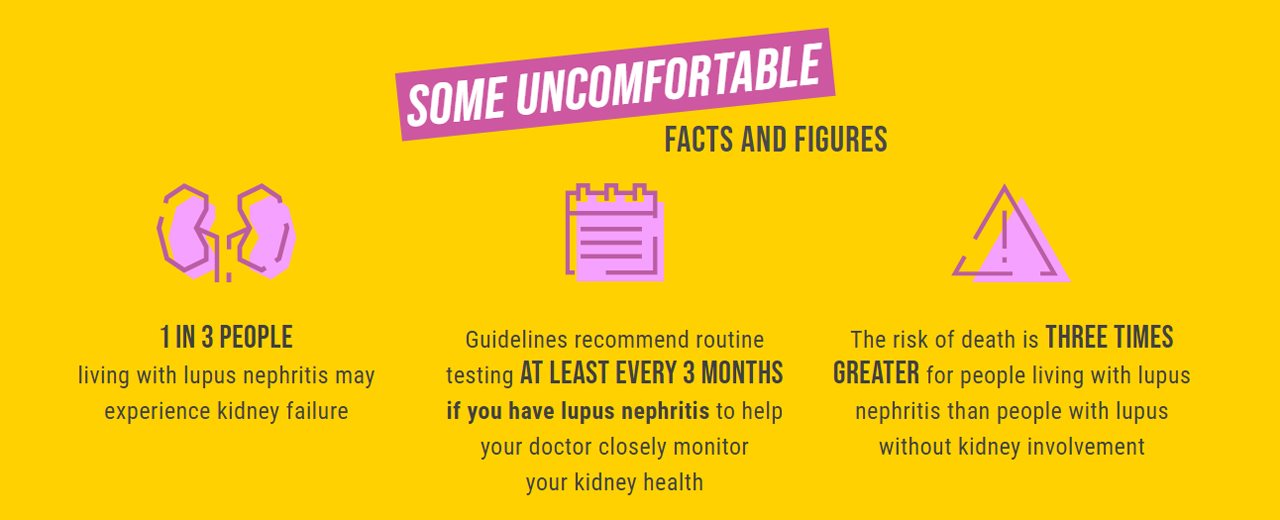2024-03-26T07:01:00
(BPT) – For patients like Jerome, a diagnosis of Alzheimer’s disease (AD) can be a devastating and life-changing experience.
Jerome, who lives in Florida with his wife of 27 years, Joanne, was diagnosed with AD in 2019 at age 82. “When I received the news that I had Alzheimer’s disease, I pretty much shut down,” Jerome said. “My whole life I’ve been known for being outgoing, but after my diagnosis, I changed. I barely spoke to my family and friends, and I stopped doing the things that I love like reading and listening to jazz music.”
AD is a brain condition that gets worse over time. It may happen when a protein called amyloid continuously builds up in your brain, forming harmful amyloid beta plaques. Though there are different types of amyloid proteins, all of them can damage brain cells.[1],[2]
Like many patients, Jerome was frightened by his diagnosis. When his doctor suggested he take part in a clinical trial for AD, he was reluctant. “I would purposefully forget to go to my appointments because I felt so hopeless,” he said. “I credit my wife Joanne, my mother-in-law and my children for pushing past my stubbornness and making sure I attended my appointments and got the care I needed.”
Slowing AD’s Progression
Jerome participated in Eisai’s Clarity AD 18-month clinical trial which studied the efficacy and safety of LEQEMBI® (lecanemab-irmb) to treat early AD. The study included 1,795 men and women, ages 50 to 90, from different ethnic and racial backgrounds.[3] The study was divided into two groups. One group took LEQEMBI (898 people), and the other group were on a placebo and not taking LEQEMBI (897 people). LEQEMBI (injection for intravenous use) is a prescription medication that received traditional approval from the U.S. Food and Drug Administration (FDA) in July 2023 for the treatment of AD. LEQEMBI was proven to slow the progression of mild cognitive impairment (MCI) and mild dementia due to AD, which together are called early AD. Even though you cannot stop AD from getting worse, with LEQEMBI, you can take steps to slow how fast it progresses. MCI is when symptoms, like forgetting names and confusion, are very mild and may not get in the way of daily life. Mild dementia due to AD is when symptoms, like trouble keeping track of your bills and difficulty with familiar tasks, start to get in the way of daily life.[1]
LEQEMBI can cause serious side effects including amyloid related abnormalities (ARIA), serious allergic reactions and infusion-related reactions. ARIA is most commonly seen as temporary swelling in areas of the brain that usually resolves over time. Some people may have small spots of bleeding in or on the surface of the brain, and infrequently, larger areas of bleeding in the brain can occur. Your healthcare provider will do magnetic resonance imaging (MRI) scans before and during your treatment with LEQEMBI to check you for ARIA. Tell your healthcare provider about all of the medicines you take, including prescription and over-the-counter medicines, vitamins, and herbal supplements. Especially tell your healthcare provider if you take medicines to reduce blood clots from forming (antithrombotic medicines, including aspirin). Some medicines can increase the risk for larger areas of bleeding in the brain in patients taking LEQEMBI. Some people may have symptoms such as headache, confusion and dizziness. These are not all the possible side effects of LEQEMBI. Please see full safety information below.
Since starting LEQEMBI, Jerome and Joanne report that they’ve noticed what may be a slowing in the progression of his early AD. “Alzheimer’s is a terrible, crippling disease for patients and their care partners, but the fact that we have an approved treatment that can slow the process is a great step in combating the disease. We went from feeling hopeless to having hope for our future,” said Joanne.
How LEQEMBI Works
LEQEMBI works on fighting AD in two ways. LEQEMBI targets the different types of harmful amyloid proteins and LEQEMBI helps to remove existing amyloid brain plaque.[3] People taking LEQEMBI were shown to have less amyloid brain plaque starting at three months.[3] LEQEMBI keeps working through treatment to remove harmful amyloid brain plaque.[3] It’s important to know if brain plaque is behind your symptoms.
The impact of AD on the brain begins long before a patient starts to have symptoms.[1] Early treatment with LEQEMBI can help you keep playing the roles you have for longer.[4] Once AD progresses to middle and late stage, LEQEMBI may no longer be right for you.[3] That is why discussing treatment with your doctor early on is so important.
“Memory loss, problems with thinking and other symptoms of Alzheimer’s disease may be difficult to talk about, but it’s important to have these conversations with your doctor as soon as you start to notice a pattern,” said Dr. Julie Schwartzbard, a neurologist at Aventura Neurologic Associates in Florida who has been treating people living with neurological conditions, including AD and dementia, for 25 years. “For the first time ever, we’re seeing significant advancements for AD treatment. For patients to maximize benefits, it’s important for them to work with their doctor to diagnose AD and begin treatment as early as possible.”
If you or someone you love may be living with AD, it’s important to speak with your doctor. To learn more about LEQEMBI, visit www.LEQEMBI.com.
Important Safety Information
WHAT IS LEQEMBI?
LEQEMBI is a prescription medicine used to treat people with Alzheimer’s disease.
If you have serious allergic reactions to any of the ingredients in LEQEMBI, you should not be treated with LEQEMBI.
IMPORTANT SAFETY INFORMATION
What is the most important information I should know about LEQEMBI?
LEQEMBI can cause serious side effects, including:
- ARIA (amyloid-related imaging abnormalities). There are usually no signs of ARIA. In rare cases, it can lead to serious complications
- ARIA can show up as swelling in parts of the brain or small spots of bleeding
- Larger areas of bleeding in the brain may occur, but this is uncommon
- ARIA usually goes away over time
- Most people with ARIA don’t have any symptoms. However, some people may notice:
- headache
- confusion that gets worse
- dizziness
- vision problems
- nausea
- problems walking
- seizures
- Some people have a gene called ApoE4 that may increase the risk of ARIA. Talk to your healthcare provider about testing to see if you have this gene
- Some medicines can increase the risk of larger areas of bleeding in the brain for people taking LEQEMBI. Talk to your healthcare provider to see if any of the medicines you’re taking increase this risk
- Your healthcare provider will check for ARIA with MRI (magnetic resonance imaging) scans before you start LEQEMBI and during treatment
Call your healthcare provider or go to the nearest hospital emergency room right away if you have any of the symptoms listed above.
Before receiving LEQEMBI, tell your healthcare provider about all your medical conditions, including if you:
- are pregnant or plan to become pregnant. It is not known if LEQEMBI will harm your unborn baby. Tell your healthcare provider if you become pregnant during your treatment with LEQEMBI
- are breastfeeding or plan to breastfeed. It is not known if any of the ingredients in LEQEMBI pass into your breast milk. Talk to your healthcare provider about the best way to feed your baby while receiving LEQEMBI
Tell your healthcare provider about all the medicines you take, including prescription and over-the-counter medicines, vitamins, and herbal supplements.
Especially tell your healthcare provider if you take medicines to reduce blood clots from forming (including aspirin). Ask your healthcare provider for a list of these medicines if you are not sure.
Keep a list of the medicines you take. Show it to your healthcare provider and pharmacist when you get a new medicine.
What are the possible side effects of LEQEMBI?
LEQEMBI can cause serious side effects, including:
- ARIA (amyloid-related imaging abnormalities) (see previous page)
- Serious allergic reactions may happen during a LEQEMBI infusion. Tell your healthcare provider if you notice any of these symptoms during or after a LEQEMBI infusion:
- swelling of the face, lips, mouth, or tongue
- itchy bumps on the skin, also known as hives
- difficulty breathing
- Infusion-related reactions are common and can sometimes be serious. Tell your healthcare provider right away if you notice any of these symptoms during an infusion:
- fever
- flu-like symptoms (chills, joint and body aches, feeling shaky)
- nausea and/or vomiting
- dizziness or lightheadedness
- fast or slow heart rate, or feeling like your chest is pounding
- difficulty breathing or shortness of breath
Your healthcare provider may give you medicines before your next infusion to lower the chance of having a reaction.
The most common side effects of LEQEMBI include:
- infusion-related reactions
- swelling in areas of the brain, with or without small spots of bleeding in or on the surface of the brain (ARIA)
- headache
These are not all the possible side effects of LEQEMBI. Call your doctor for more information and medical advice about side effects. You are encouraged to report negative side effects of prescription drugs to the FDA. Visit www.fda.gov/medwatch or call 1-800-FDA-1088.
Please read the accompanying Prescribing Information and Medication Guide for LEQEMBI.
References
[1] Alzheimer’s Association. 2023 Alzheimer’s Disease Facts and Figures. Alzheimers Dement 2023;19. Retrieved February 12, 2024, from https://www.alz.org/media/Documents/alzheimers-facts-and-figures.pdf
[2] Alzheimer’s Association. Beta-amyloid and Alzheimer’s Disease. Retrieved February 15, 2024, from https://www.alz.org/documents/national/topicsheet_betaamyloid.pdf
[3] LEQEMBI US Prescribing Information under Traditional Approval
[4] van Dyck CH, Swanson CJ, Aisen P, et al. Lecanemab in Early Alzheimer’s Disease. New England Journal of Medicine. 2023;388(1):9-21. doi:10.1056/NEJMoa22d12948.
LEQE-US3164 © Eisai Inc. March 2024























